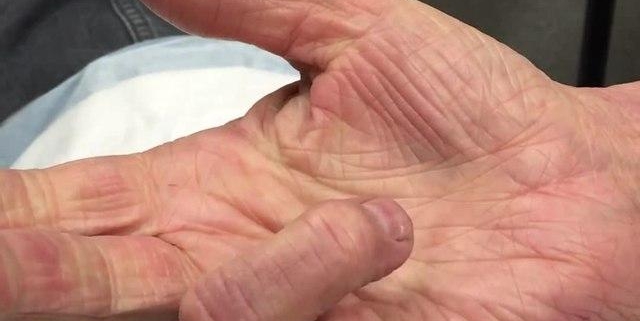
Trigger Finger and Trigger Thumb
Overview
Trigger Finger and Trigger Thumb, medically termed as stenosing tenosynovitis, are conditions that involve the tendons in the hands or fingers becoming ‘caught’ or ‘stuck’ in a bent position. These conditions are relatively common, occurring in 2-3% of the general population and up to 10% of those with diabetes.
Types
There are no specific types or subtypes of Trigger Finger or Trigger Thumb; the condition can occur in any finger or thumb, and sometimes even in multiple fingers at once. It’s vital to note that its recurrence doesn’t necessarily mean a different subtype, but might indicate an underlying condition exacerbating it.
Causes
The exact cause of Trigger Finger and Trigger Thumb is unknown, but various risk factors can contribute to the condition’s development. These can include:
– Repetitive motions, especially those involving gripping or straining the hands.
– Certain medical conditions such as diabetes, rheumatoid arthritis, or hypothyroidism.
– Age, being more common in people between 40-60 years old.
– Gender, being prevalent more in women than men.
Symptoms
Typically, Trigger Finger and Trigger Thumb symptoms begin subtly and worsen over time. They might include:
- Finger stiffness, particularly in the morning.
– Popping or clicking sensation when moving the finger.
– Tenderness or discomfort at the base of the finger or thumb.
– Finger locks or catches in a bent position.
– In severe cases, the finger might get locked and unable to straighten or bend.
Diagnosis
Diagnosing Trigger Finger and Trigger Thumb entails a medical practitioner reviewing the symptoms and inspecting the affected hand. The doctor will normally:
– Assess the hand’s feeling and appearance.
– Ask you to open and close your hand, checking for areas of pain and possible locking.
– Pressure or smoothing around the hand to find any lumps or swelling.
Treatment Options
There are several ways to treat Trigger Finger and Trigger Thumb, ranging from conservative approaches to surgery. These include:
– Medications: Nonsteroidal anti-inflammatory drugs (NSAIDs) can help reduce pain and inflammation.
– Therapies: Gentle exercises, heat or cold treatments, and splinting of the hand can help manage symptoms.
– Surgery: If conservative measures are ineffective, a procedure known as a tenosynovectomy may be performed to free the tendon.
Living With Trigger Finger and Trigger Thumb
Although these conditions can be frustrating to live with, effective management strategies can reduce their impact on your everyday life. Some suggestions include:
– Practicing self-care: Regular hand exercises and heat/cold therapies can keep the hand muscles flexible.
– Taking medication as directed: Ensuring medicines are taken consistently can help control symptoms.
– Modifying activities: Adjusting actions that require prolonged gripping or straining the hand can reduce symptoms and the occurrence of the conditions.
When to Seek Help
Immediate medical attention is warranted if:
– The symptoms get worse or don’t improve with home care.
– The finger or thumb becomes locked permanently.
- You experience severe pain or inflammation.
– Mobility of the finger or thumb is limited.
while Trigger Finger and Trigger Thumb can be disruptive, understanding the condition and its necessary treatments can lead to more effective management and a better quality of life. Trust your medical practitioner and do regular follow-ups to prevent recurrent or worsening situations.
